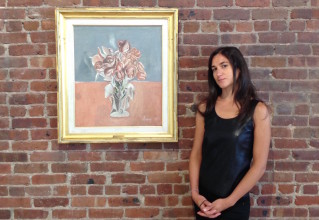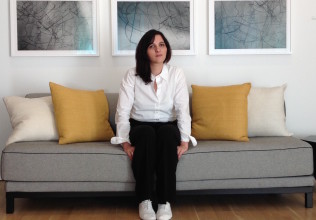Past Fellows
Giulia Tulino
Fall 2017
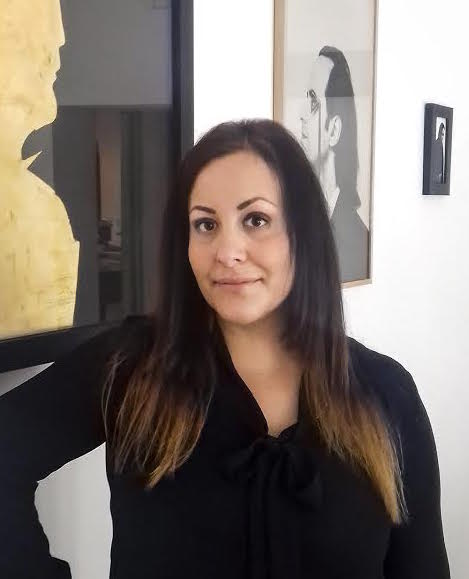
Giulia Tulino is a Ph.D. candidate in contemporary art history at the University La Sapienza of Rome. Her thesis project, “La galleria dell’Obelisco e il surrealismo a Roma 1940-1960,” emerges from her interest in surrealism and the fantastic in Italian art during the first half of the 20th century, with a special focus on the contacts between Rome and New York. She is also currently an assistant professor for academic activities at the University La Sapienza of Rome. She has published two essays on the Obelisk Gallery in Rome: Dalla Margherita all’Obelisco: arte fantastica italiana tra Roma e New York negli anni ’40 (in the proceedings of the Irene Brin e l’Obelisco conference organized by Vittoria Caterina Caratozzolo, Ilaria Schiaffini e Claudio Zambianchi) and La galleria dell’Obelisco e il surrealismo a Roma 1944/1961: gli anni ’50, i rapporti con l’estero, le nuove generazioni post surrealiste (in the proceedings of In Corso d’Opera 2. Giornate di studio dei dottorandi di ricerca in storia dell’arte della Sapienza Università di Roma conference, Rome, 2016). As an independent curator, she has worked for both private galleries and public institutions including the MLAC (Laboratory Museum of Contemporary Art at La Sapienza University of Rome). From March 2015 she has served as the managing director and curator for the Jacorossi Collection in Rome, which holds some three thousand art works of Italian contemporary art, dating between the beginning of the 20th century to the present day.
At CIMA her research will examine the relation between Savinio the writer/critic and Savinio the painter, in connection with the legitimacy of an Italian “fantastic art.” Beginning from the art scene in Rome between 1943 and 1946 and the friendship between Savino and the artists who gravitated around the Obelisk Gallery, she aims to reconstruct a history of fantastical art in Italy and its promotion in the United States, particularly at the Julien Levy Gallery and later at the Hugo Gallery.
Serena Alessi
Fall 2017
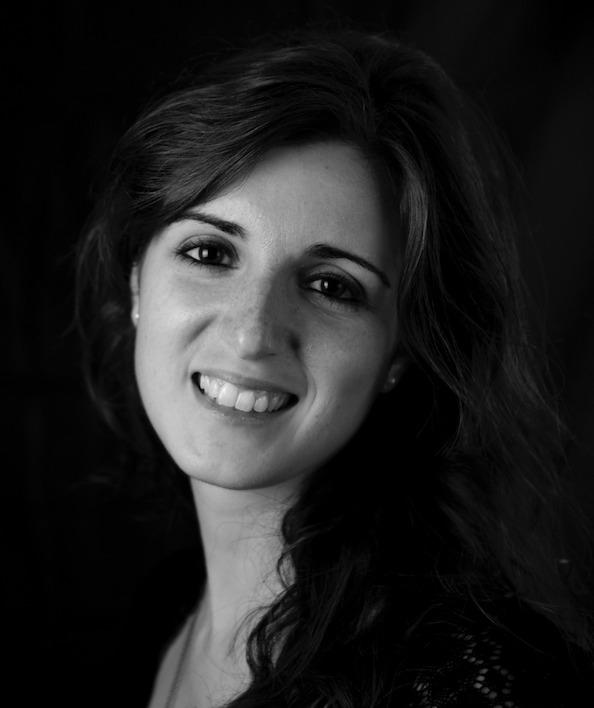
Serena Alessi is a researcher in Italian Studies. In 2015 she received her PhD from Royal Holloway University of London, where she also taught Italian language and culture; her thesis From Silence to Voice: Penelope’s Feminist Odyssey in Italian Literature focused on the myth of Penelope in the Italian literary tradition. She has recently been a postdoctoral Rome Fellow at The British School at Rome (2016-17) and Benno Geiger Fellow at the Fondazione Cini in Venice (2017). Her research interests include contemporary Italian literature, feminism, and postcolonial studies. She has published on the figure of Penelope, Luigi Malerba, and Alberto Savinio; she has taken part in many international conferences and organized various panels, seminars, and colloquia. In addition to her academic experiences, she is a contributor to the RaiUno TV Program Mille e un libro and to the literary blog criticaletteraria.org.
For her CIMA Fellowship she examined Alberto Savinio’s representation of mythological characters in both his literary and artistic production, with a special focus on female characters.
Giovanni Casini
Fall 2016
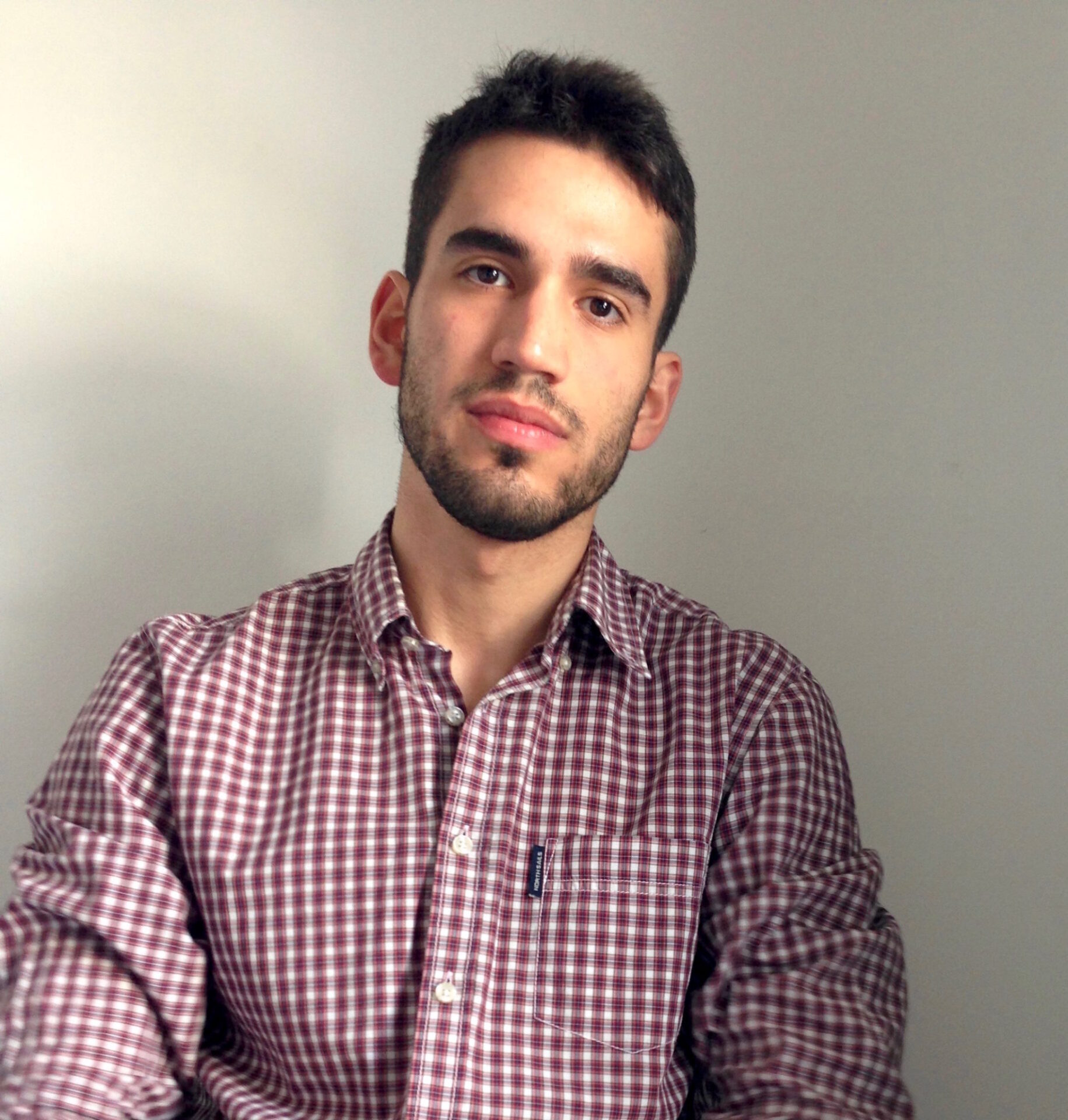
Giovanni Casini holds a Ph.D. from the Courtauld Institute of Art, University of London. His dissertation, completed in 2018, focuses on the Paris-based dealer Léonce Rosenberg and the history of his Galerie L’Effort Moderne in the interwar period, touching on narratives of modernism, the history of collecting, the development of the art market, and the dealer as patron. Casini is currently a Fellow at the Metropolitan Museum of Art’s Leonard A. Lauder Research Center for Modern Art, where he is expanding his doctoral dissertation and preparing a manuscript for publication. In 2016 Casini was a Fellow at the Center for Italian Modern Art (CIMA) in New York and the Guggenheim Museum’s 2017–18 Hilla Rebay International Curatorial Fellow. During his time at the Guggenheim, Casini contributed to conceive the exhibition Una mirada atrás. Giorgio Morandi y los maestros antiguos, opening at the Guggenheim Museum Bilbao in April 2019. In addition to his expertise and work on the interwar years, Casini has conducted research and published on art from the 1950s in England, Italy, and France.
During his fellowship at CIMA, Giovanni examined the relationship between Léonce Rosenberg and Giorgio de Chirico from 1925 to the end of the decade. During his affiliation with Rosenberg, de Chirico started to work again on Metaphysical themes, reinventing them both iconographically and technically. Casini will also address de Chirico’s two-fold commitment to two rival art dealers, Rosenberg and Paul Guillaume, in relation to the artist’s practice of producing copies and multiples.
Explore Giovanni Casini’s research on academia.edu and watch a video highlighting one of the paintings at CIMA:
Maria Bremer
Fall 2016 & Spring 2017
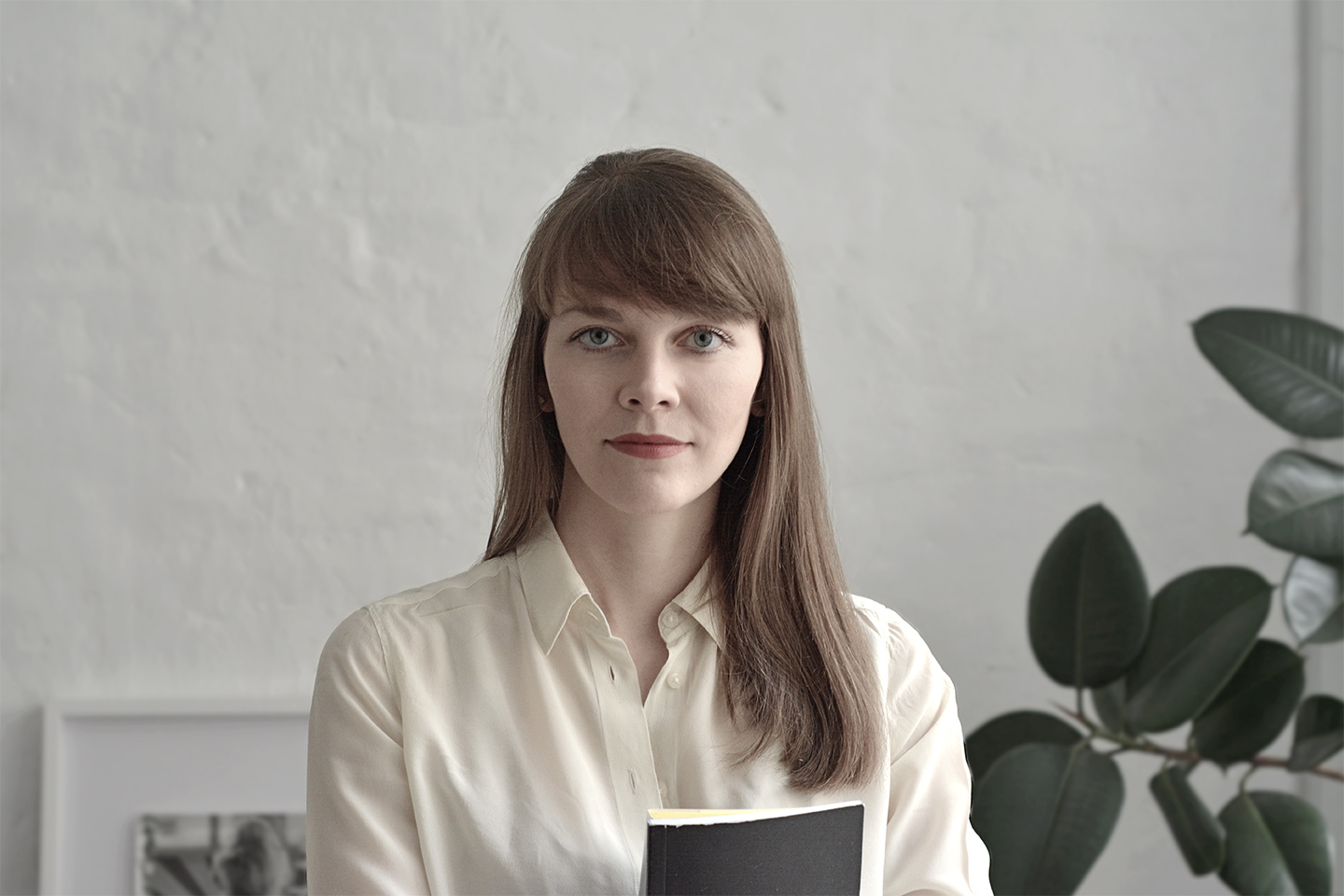
Maria is a PhD candidate in Art History at Freie Universität, Berlin. Under the supervision of professors Peter Geimer and Beatrice von Bismarck she is currently completing her dissertation on artistic technologies of the self in the 1970s. From 2011 until 2015 she worked as a researcher in the ERC-project “To each his own reality. The notion of the real in the fine arts of France, West Germany, East Germany and Poland 1960–1989,” headed by Mathilde Arnoux at Centre allemand d’histoire de l’art in Paris. In 2013, she conceived and organized the conference “Contemporary Art and Margins” with L. Barbisan, C. Boichot and S. Marguin at Centre Marc Bloch in Berlin, after spending the summer as a Library Grantee at the Getty Research Institute. Previously she studied art history in Milan, Tours and Berlin (2005–2011). Her fields of interest are the history of the artist-figure and exhibition history, with a special focus on the history of documenta, as well as practices of canonization and historicization. Her recent publications include the article “Modes of making art history. Looking back at documenta 5 and documenta 6”, in Stedelijk Studies #2, 2015 and the theme issue Kapitalisierungen des Marginalen, kritische berichte 3.2015 (edited with L. Barbisan and S. Marguin).
Her research for CIMA places Paolini’s artistic relationship with de Chirico within the broader perspective of artistic epigonism as a technology of the self, asking which functions do Paolini’s references to de Chirico perform, and in how far may these functions have evolved from the 1960s and 1970s until today. Paolini’s early de Chirico references will be investigated in the light of Italian neo-avant-gardist staging of the self, while his latest ones are to be read against the backdrop of current attempts to restate the sovereignty of the artist-figure at a time of increasing curatorial mediation.
Sophia Maxine Farmer
Spring 2017
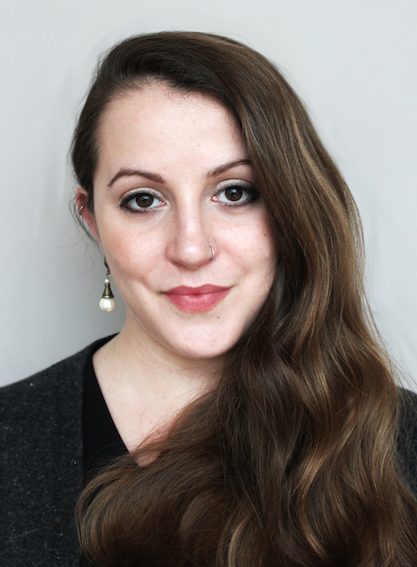
Sophia Maxine Farmer is a doctoral candidate in Art History at the University of Wisconsin-Madison, where her research focuses on Italian modern art and the socio-political structures that affected the production of artworks during twentieth century. Her dissertation centers on the importance of the machine era to the development of Futurist anthropomorphic objects and imagery. More specifically, her work considers the gendered connotations of the idealized mechanical man formed as a fetishized robotic cyborg in Futurist art and literature. Her research on the Futurist sub-movement, aeropittura, entitled “Aeropittura: Modern Aviation and the Fascist Idealization of the Italian Landscape” will be published in the collective volume Landscapes, Natures, Ecologies: Italy and the Environmental Humanities, forthcoming from the University of Virginia Press in 2016.
For her CIMA Fellowship she will be examining the role of citation, repetition and appropriation in the works of Giorgio de Chirico and Giulio Paolini as a way to better understand the ironic perspective presented by Italian artworks that celebrate kitsch, pastiche and parody in the twentieth century.
Rae Di Cicco
Travel Fellow 2016-17
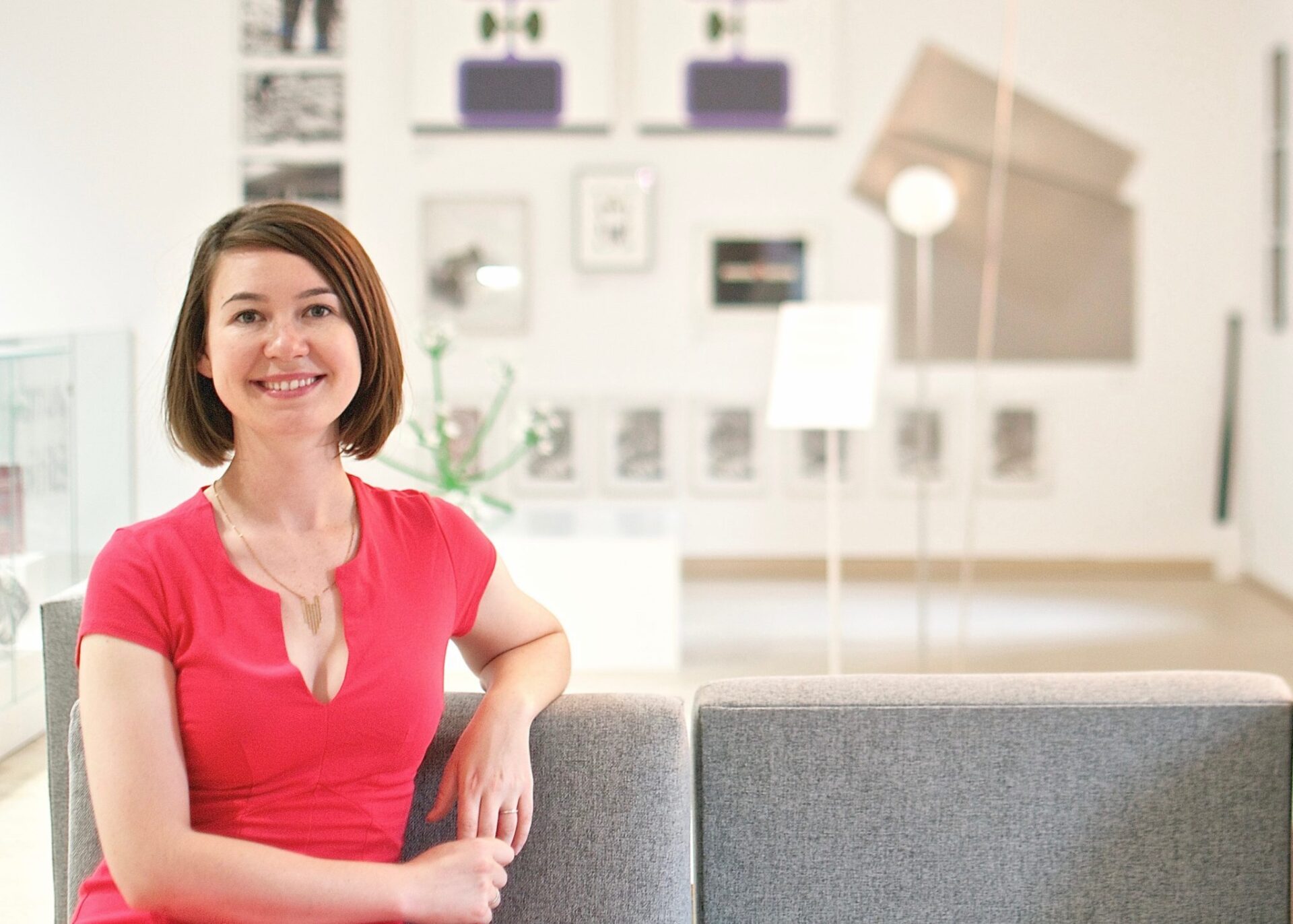
Rae Di Cicco is a PhD candidate in the History of Art and Architecture at the University of Pittsburgh. She specializes in the modern art, design, and cultural history of Central Europe. Her work investigates issues of identity and politics faced in the region during the transition from imperial to national organization after World War I. Her research explores the incorporation of signifiers of national artistic styles into South Tyorlian-born Austrian-Italian artist Erika Giovanna Klien’s artistic production as a kind of cosmopolitan imagination, visualizing – literally making visual – hybrid and shifting identity and multiple belonging.
For her CIMA travel fellowship, Rae will consider collaborations and communication between Klien and her colleagues and the Italian Futurists, primarily Filippo Tommaso Marinetti and Enrico Prampolini. By investigating Klien’s active involvement with Italian Futurism, Rae’s dissertation aims to elucidate some of the ways in which cultural production has acted as a medium through which artists challenged exclusionary conceptions of belonging in Central Europe. This research forms part of a wider project that examines the navigation of certain subject positions in the avant grade.
Fabio Cafagna
Spring 2017
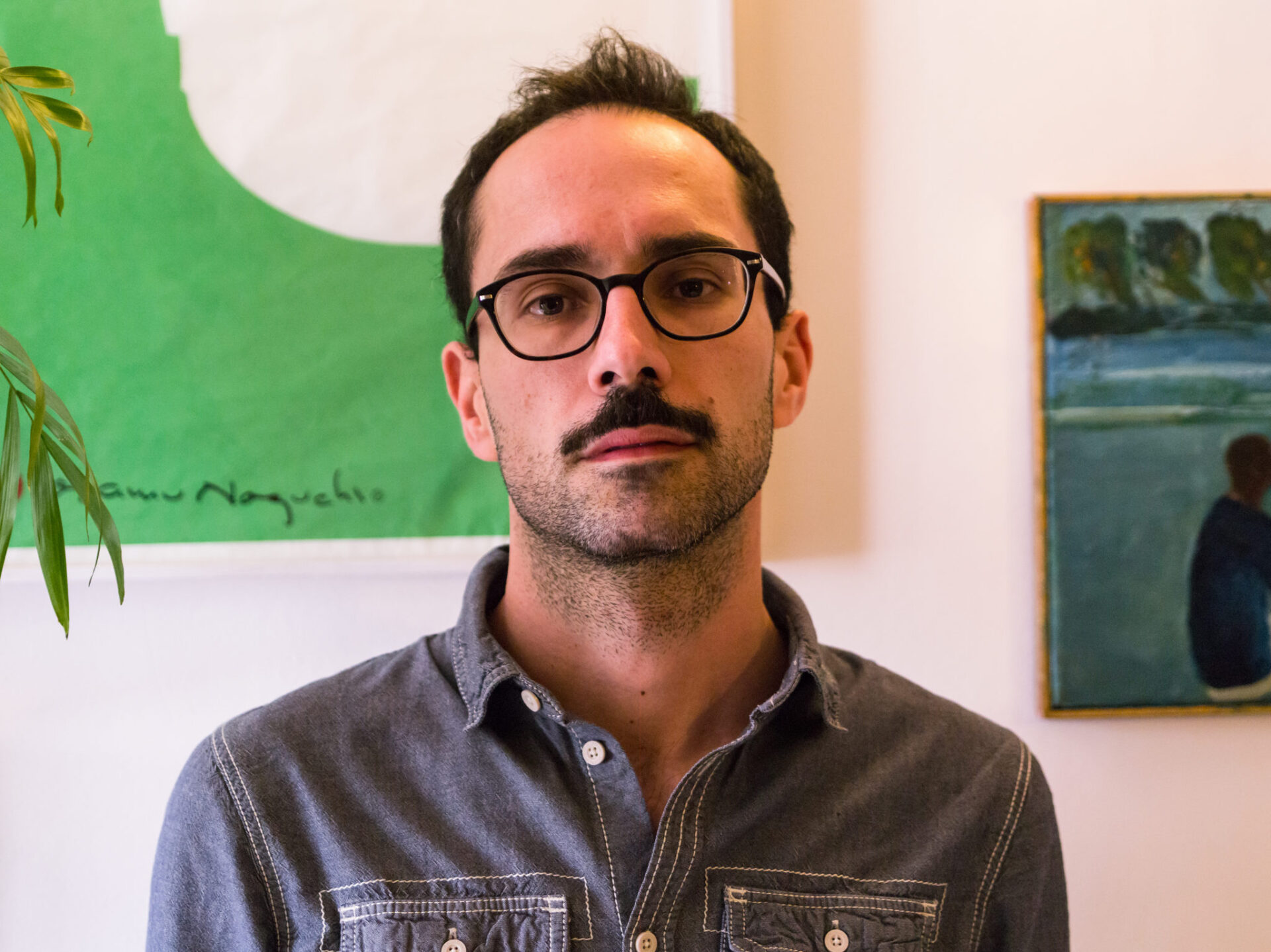
Fabio Cafagna was born in Turin in 1983. He received his PhD in History of Art at Sapienza – University of Rome. His interests are mainly addressed to the art of 19th and 20th century and, in particular, to the relationships between figurative arts and scientific disciplines. He teaches History of Contemporary Art at the University of Insubria, Como. For the Castello di Rivoli – Museum of Contemporary Art, Rivoli-Turin, he is currently in charge of the editorial coordination of the general catalogue of the Francesco Federico Cerruti Collection, which will open to the public in spring 2019. He curated, with Virginia Bertone and Filippo Bosco, the 19th-century section of the permanent collections of GAM – Galleria d’Arte Moderna e Contemporanea in Turin, within the general reorganization of 2017 coordinated by Carolyn Christov-Bakargiev. In 2017 he was fellow at CIMA – Center for Italian Modern Art, New York; the fellowship was promoted by CIMA, SNS – Scuola Normale Superiore of Pisa and MIBACT, Ministero dei Beni e delle Attività Culturali e del Turismo, Direzione Generale Arte e Architettura Contemporanee e Periferie Urbane. He is the author of Il disegno del corpo. Anatomia Artistica all’Accademia Albertina di Torino (1829-1899) (Roma 2017) and Indizi, sintomi, impronte. Esperienze artistiche e scientifiche nell’Ottocento (Roma 2010).
During his time at CIMA, he examined the relationships that the US gallery director John Weber had with the Italian artistic avant-garde. He focused in particular on the period between the opening of his New York-based gallery (1971) and the end of the first fruitful decade of activity (1981), when Weber finally moved away from the famous SoHo Art Building, 420 West Broadway. During these years, the Italian presence was far from accidental. In fact, Weber was one of the most important American dealers of Italian art, and the program of exhibitions he held clearly shows his deep knowledge of Italian contemporary aesthetic research. If examined through a solid core of data, John Weber’s activity will reveal the connections between the growing US art market and the constitution of an Italian aesthetic canon.
Silvia Bottinelli
Travel Fellow 2016-17
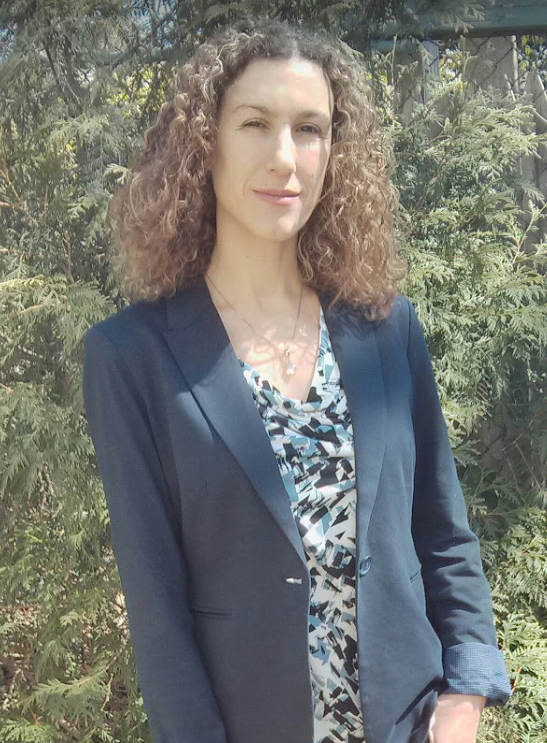
Silvia is a Senior Lecturer in the Visual and Material Studies Department at the School of the Museum of Fine Art – Tufts University. She received her PhD from the University of Pisa in 2008. Her dissertation, published by the Fondazione Ragghianti and Pacini Fazzi (Lucca, 2010), analyzes the ways in which the Italian magazine seleArte (1952-66) discussed international art in the aftermath of fascism; seleArte was edited by Carlo Ludovico Ragghianti and supported by Adriano Olivetti. In Silvia’s first book, Un Premio Dimenticato (Florence, Edifir 2007), she studied the Florentine Gallery of Modern Art’s Fiorino collection, which includes contemporary artworks acquired between 1950 and 1978 by the Pitti Palace. This publication was inspired by Silvia’s master’s thesis (Scuola di Specializzazione) at the University of Pisa. Silvia’s present research interests are diverse and incorporate themes such as domesticity, food, materiality, and cultural translation in the history of Western art in the 20th and 21st centuries. Her articles have appeared in magazines and journals such as, among others: Art Journal, Art Papers, Sculpture, Food Studies, Predella, Richerche di Storia dell’Arte, and Annali di Critica d’Arte. Silvia has also contributed to a number of exhibition catalogues and edited volumes.
For her CIMA travel fellowship, Silvia will conduct research at libraries and archives in Bologna, Florence, Rome, Milan, Rovereto, and Turin. Silvia’s findings will support the arguments articulated by her book in progress, which focuses on the representation of the domestic in Italian art and visual culture between 1942 and 1972.
Matilde Guidelli-Guidi
Fall 2015
Matilde is a PhD Candidate in Modern Art History at The Graduate Center, CUNY focusing on twentieth-century European art, media, and architecture, with an emphasis on the return to realism in the interwar years. Her current research focuses on the built environments and architectural visualizations of the Milanese architectural firm B.B.P.R. (est. 1932). Previously, between Bologna and Paris she completed her BA and MA in Early Modern Art History. Her thesis investigated testimonies of sculpture conservation in early modern Italy as practical thinking about the historicity of the artwork. In parallel, she assisted in curating exhibitions and publications at the Musée du Louvre, the International Center of Photography, and the Paula Cooper Gallery, and participated in the 2015 MoMA MRC Workshops, dedicated to the sculptures of Pablo Picasso.
For her CIMA Fellowship, Matilde posits World House Galleries, the New York commercial gallery that gave Giorgio Morandi his first North-American monographic exhibitions (1957, 1960), at the center of an extensive study of the reception of the Bolognese artist in New York’s artistic circles, 1953-1968.
Lucia Piccioni
Fall 2015
Lucia holds a Ph.D. in Art History from the École des Hautes Études en Sciences Sociales (Paris) and the Scuola Normale Superiore (Pise) where she completed her dissertation “Painting and Politics during the Italian Fascism: ‘Italianities’ in Conflict (1922- 1943)” under the supervision of professors Éric Michaud and Mario Pezzella. As a Researcher Assistant she worked during a four-year experience (2009-2012) at the Institut National d’Histoire de l’Art (INHA) in Paris, involved in the historiographical research axis National Issues of Artistic Discourses, 1900-1950 directed by Anne Lafont. She has been a tutor in Art History at the University Panthéon-Sorbonne since 2011 and received a postdoctoral fellowship (2014-2015) at the Deutsches Forum für Kunstgeschichte under the annual program The Liberated Paris and the Arts headed by Laurence Bertrand Dorléac and Thomas Kirchner.
Her research for CIMA deals with the deeply human and anti-technological dimension of Morandi’s still lifes, focusing on writings about the relations between man and technique of German philosophers Oswald Spengler and Walter Benjamin, two main and antagonist figures of the 1930s.

